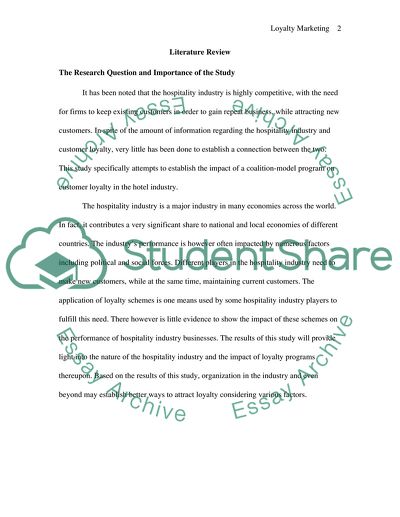Cite this document
(“Loyalty Marketing in the Hospitality Industry Research Paper - 1”, n.d.)
Loyalty Marketing in the Hospitality Industry Research Paper - 1. Retrieved from https://studentshare.org/marketing/1751185-research-brief
Loyalty Marketing in the Hospitality Industry Research Paper - 1. Retrieved from https://studentshare.org/marketing/1751185-research-brief
(Loyalty Marketing in the Hospitality Industry Research Paper - 1)
Loyalty Marketing in the Hospitality Industry Research Paper - 1. https://studentshare.org/marketing/1751185-research-brief.
Loyalty Marketing in the Hospitality Industry Research Paper - 1. https://studentshare.org/marketing/1751185-research-brief.
“Loyalty Marketing in the Hospitality Industry Research Paper - 1”, n.d. https://studentshare.org/marketing/1751185-research-brief.


